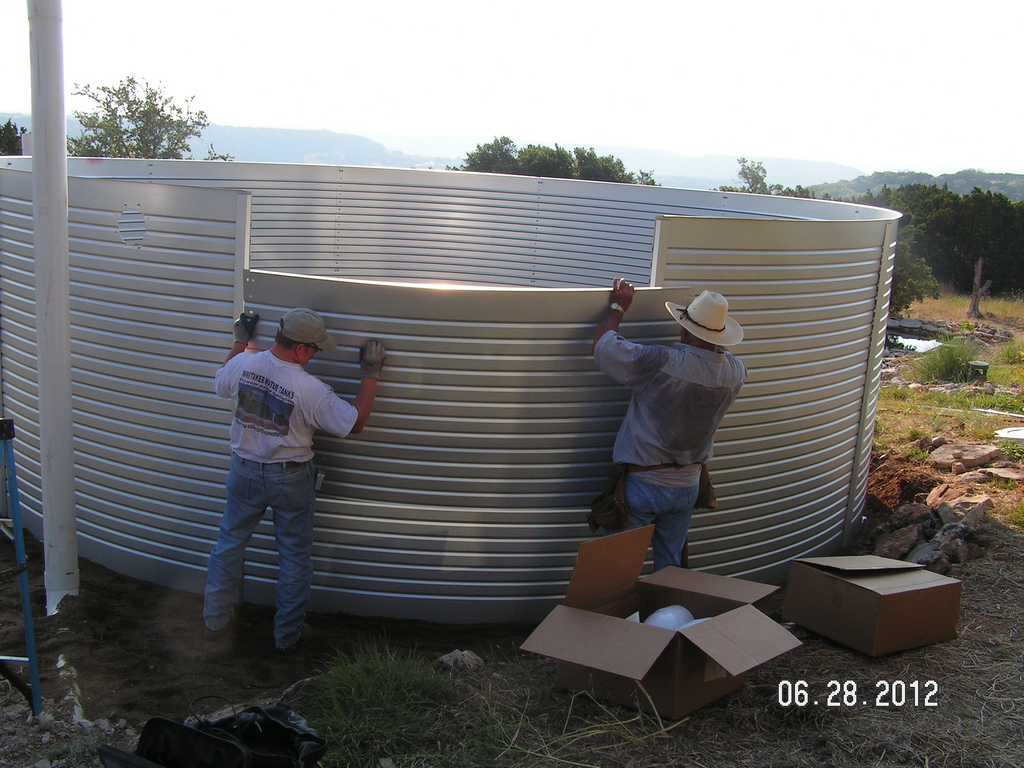Making more money as a small business isn’t as straightforward as simply selling more product. There are many different variables that go into any business’s bottom line.
The trouble is, finding those variables, and knowing what to do when you’ve found them can be a huge challenge!
If you’re looking for a way to optimize your small business revenue without necessarily selling more products, these tips will help you get started.
Forecast Future Demand for Your Products
One of the most intimidating things any business has to deal with is figuring out how much product to have in the storeroom. Although you may think having more is better than not having enough, having too much can be just as bad. Manufacturing all that product takes money, and if it doesn’t sell, you’ll be out the cash you spent to have it made.
There are things you can do to predict your selling forecast as accurately as possible. They include things like:
- Assessing the success of your marketing campaigns
- Consider your sales history
- Knowing the costs associated with customer acquisition
- Spending extra time preparing before the holidays
By making an informed guess at the future demand for your products, you can ensure you don’t make too much, but you can also ensure you have enough in the warehouse, so you don’t have to turn any business away.
Forecast Future Trends
Not only do you need to spend time figuring out the future demand for your products, but you should also have your finger on the pulse of future trends. Keeping an eye on trends will help you assess the future demand for your products, but it can also help you develop new products that will appeal to new and existing customers.
Digital tools can help you do this. For example, you can subscribe to subreddits to discover trends, while Google Trends can show you real-time searches on the world’s most used search engine.
Don’t be afraid to develop relationships with other professionals in your industry! Although other businesses may be the competition, they can also be allies. You can refer customers to each other, and you can share interesting developments you’ve observed in the market.
Dive Into Your Data
Although forecasting demand and future trends can be hard, they can also be fun. That isn’t necessarily the case when it comes to diving into your data.
Collecting and analyzing data can be tedious, but it is the best way to learn about the hidden details of your business. There are many ways to do your data analysis better, but one of the best tips is to make time to look at seemingly meaningless data. From combing over time-stamped sales receipts to third-party transaction logs, you never know what kind of information you’ll uncover!
Segment Your Customers
You may think you know your customer base, but it’s rarely as simple as it appears on the surface. It’s more likely that you have multiple segments of customers from different demographics with different needs.
Segmenting your customers allows you to break down a large audience, enabling you to create marketing strategies that target the pain points of those groups. You can focus your message to appeal to the right people, and test separate messages for different groups.
It also ensures you optimize your marketing strategy. By targeting specific audiences with detailed messages, you can increase your ROI.
Optimize New Areas of Your Business
Chances are, there are some areas of your business that you have spent a lot of time on. It should go without saying that there are other areas of your business that have received very little attention at all. If you want to optimize your business’s revenue, it’s time to start looking at those underappreciated areas of your business.
A few things you may want to do to optimize your business include:
- Update to cloud-based software programs
- Personalize the online experience
- Find ways to automate time-consuming processes
- Work at developing a more robust social media presence
- Learn about and leverage application programming interfaces (APIs)
- Make sure your site is optimized for mobile
- Offer a new way for customers to buy your products
- Rethink your hiring process
If you want to make more money, you can always try and sell more products, but you’re leaving money on the table if that’s the only way you try and increase your revenue. There are many things you can do to optimize the money you’re already making.
Read Also:






















